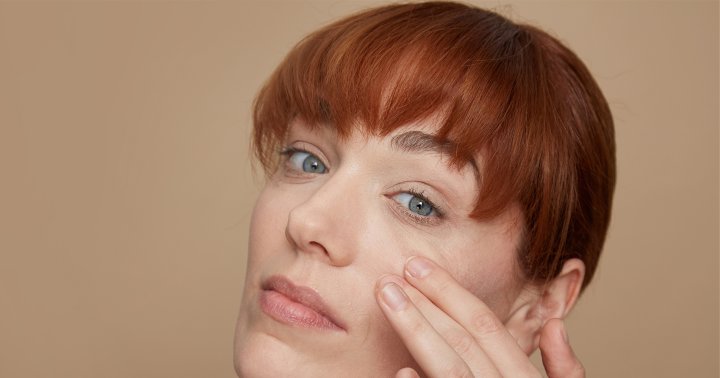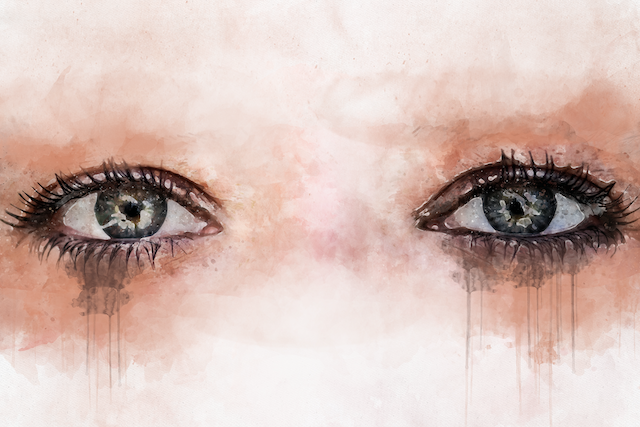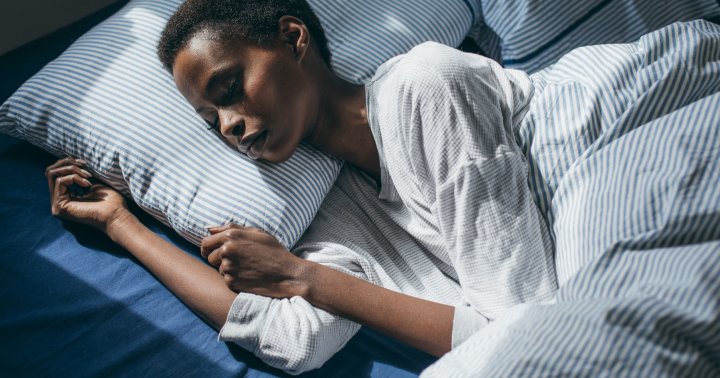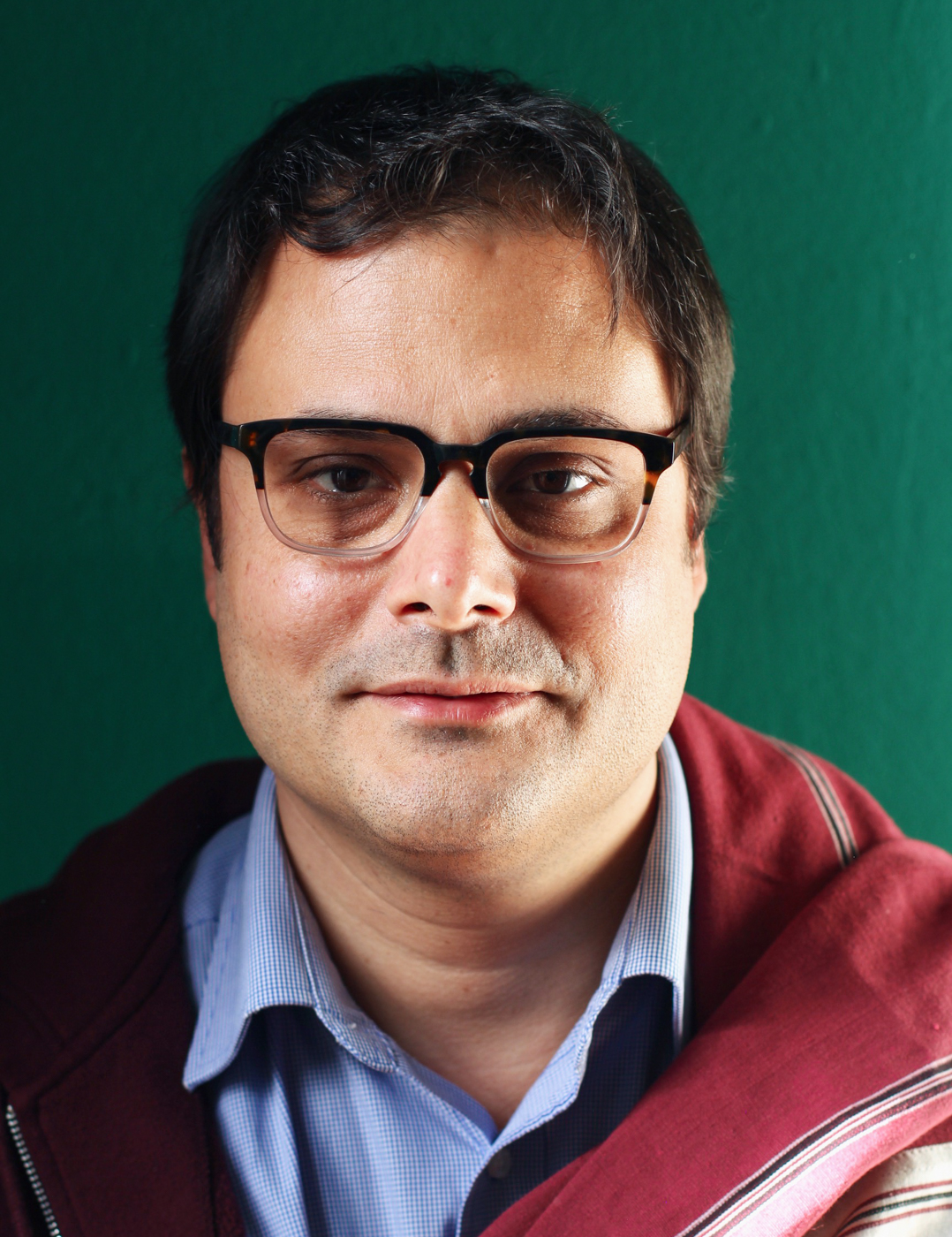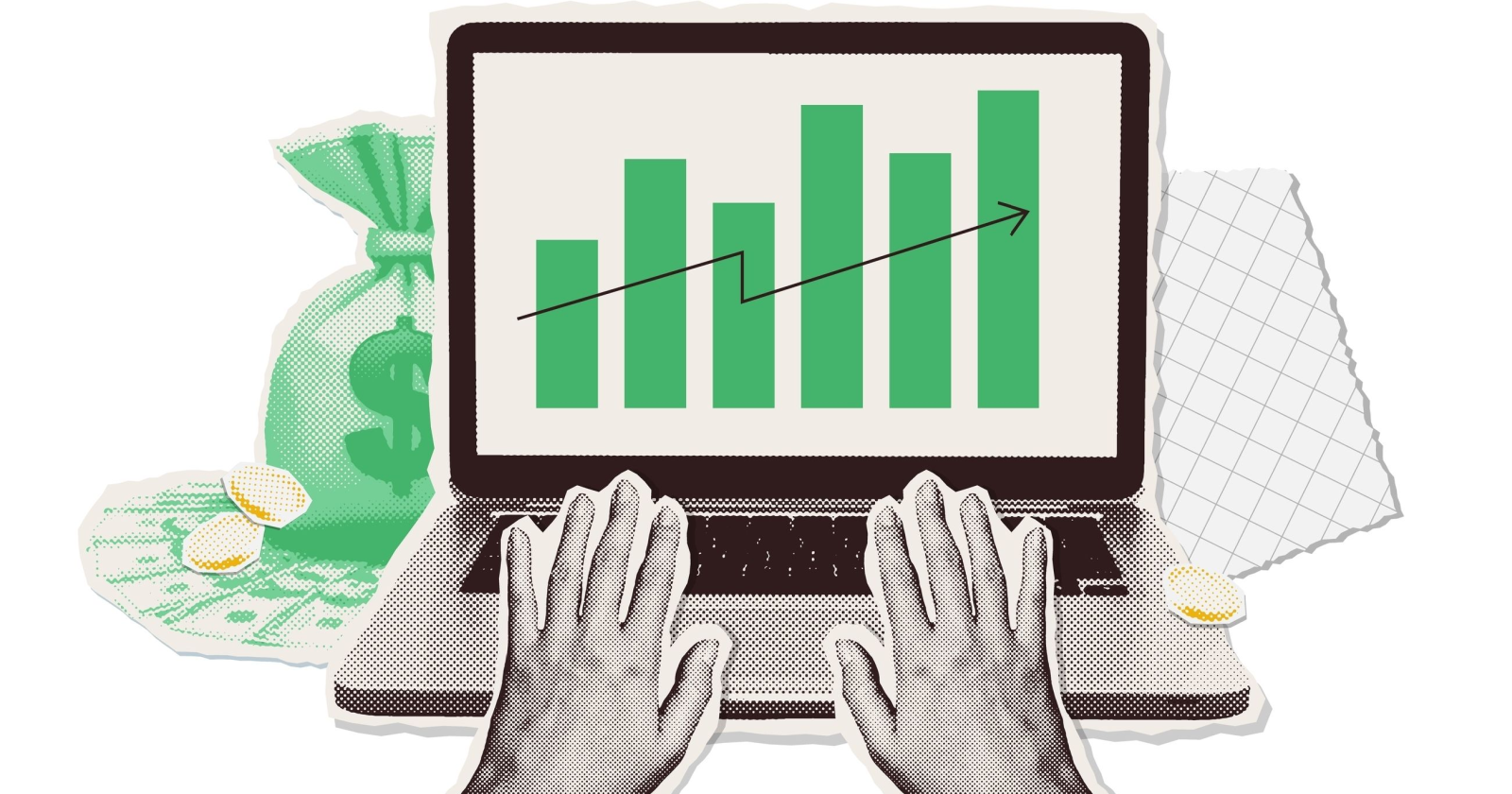Navigating Minimalism: A Guide for Those Struggling with Mental Health
Adopting a minimalist approach to life can be transformative if you struggle with a mental health condition. Embracing minimalism can help you declutter, let go of unwanted items, and discover a calmer way of life. However, leaping into minimalism...
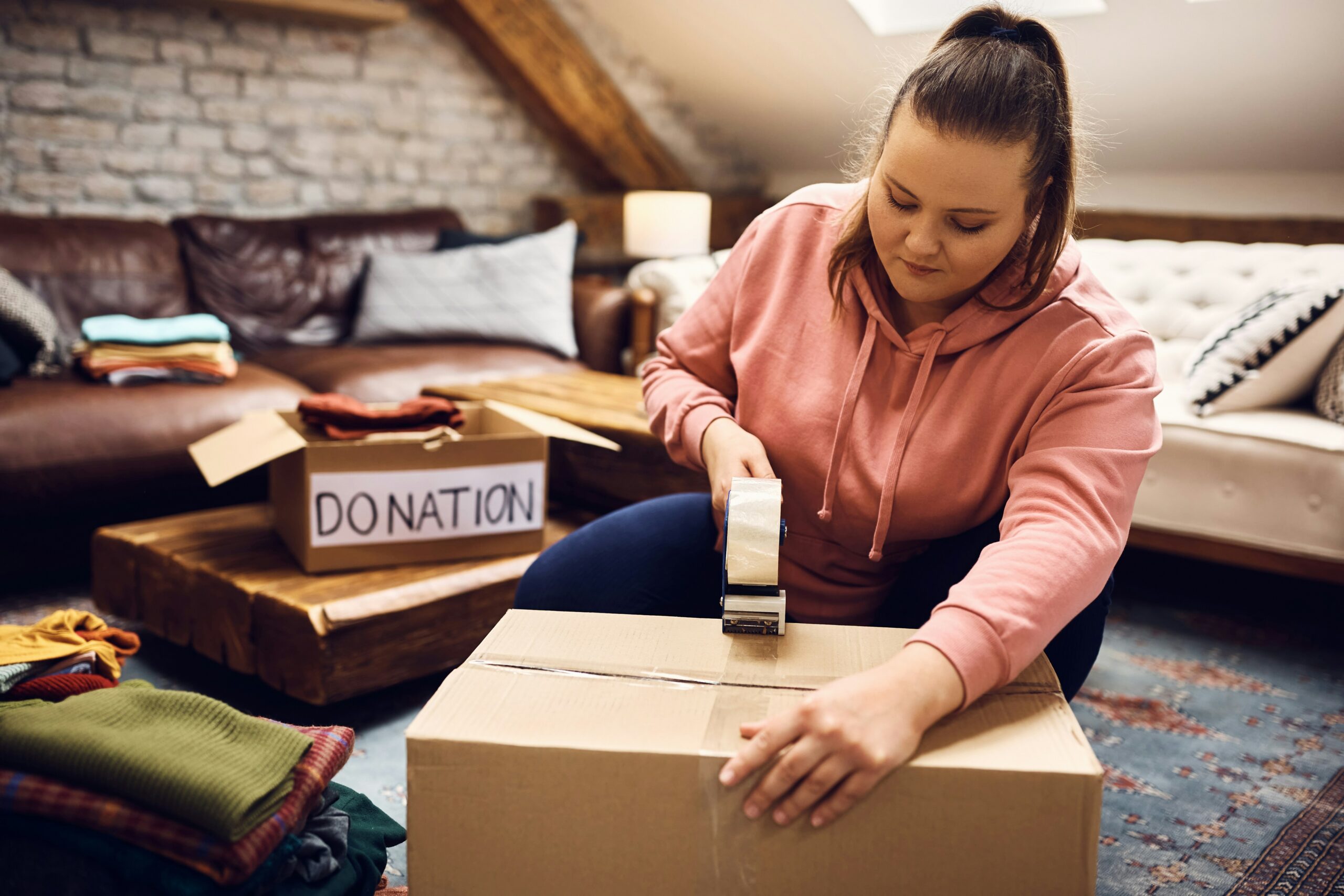

Adopting a minimalist approach to life can be transformative if you struggle with a mental health condition. Embracing minimalism can help you declutter, let go of unwanted items, and discover a calmer way of life.
However, leaping into minimalism suddenly can feel extreme if you’re used to cluttered bedrooms and busy design choices. Suddenly throwing out all of your stuff may even worsen your mental health if you’ve developed an attachment to throws, pillows, and rugs.
Instead, protect your mental health by pivoting towards minimalism slowly. This will help you declutter with intention and ensure that you don’t burn out when trying to clean up your home. A mindful approach to minimalism will help you benefit from the ethos behind the style choice, too, as you’ll experience increased awareness when making design changes around the home.
Decluttering and Mental Health
Minimalism is a state of mind that helps you refocus your attention on the things that really matter. This can be powerful if you’ve traditionally placed too much value on material things and spend your energy fretting about the state of your home.
Other mental health benefits of decluttering and minimalism include:
Reduced stress More effective decision-making Improved ability to relax Boosted mood Anxiety reliefSimple changes can make a world of difference if you struggle to switch off at home. Starting small and decluttering one room at a time can help you gain a sense of control over your environment and build a positive association between cleaning and happiness.
It’s worth pointing out that decluttering is much more difficult if you have a hoarding disorder. Fortunately, minimalism can still help you overcome hoarding and get the help you need. Minimalism can break the cyclical nature of hoarding, as many people who hoard today have a family history of hoarding, too.
If you do have a hoarding disorder, get started by:
Breaking up the task into manageable chunks Prioritize high-impact areas where you spend the most time (i.e. kitchen and bedroom) Divide your possessions into categories to make donating easierThese steps will help you create a more supportive living environment that aligns with the minimalist ethos. Just be sure to work with a mental health professional throughout the process, as they can track your progress and help you manage expectations.
Managing Expectations
Embracing minimalism can help you declutter your space and improve your mental health. However, if you’ve been living with a condition like anxiety, or depression for some time, you can’t expect it to cure you of your symptoms overnight.
Instead, learn to manage your expectations and pay greater attention to the positive effects of minimalism. For example, if you’ve spent part of the day cleaning, use the evening to reflect on your thoughts and feelings in a journal. What struggles did you have to overcome to clean your space? How does it feel to breathe deeply in the room you cleaned? What do you plan to do next?
Answering these questions can help you build momentum and notice the positive changes in your life. A short journal session can help you avoid fixation and keep working on improving your life in other areas, too.
Avoiding Fixation
Mental health conditions like ADHD manifest in different ways for different people. However, you may find that you tend to fixate on projects and ideas if you’ve been living with a mental health condition for some time. While you should always work with a psychologist first, you may find that minimalism helps you avoid hyperfocus and think a little more clearly.
You can start decluttering while living with ADHD successfully by coming to grips with the scale of the problem. Clutter is proven to be a real issue for folks with ADHD, as you may tend to get distracted when you should be cleaning up. Minimalism removes this issue by making it easier to keep your living space clean.
If you do want to experiment with minimalism for ADHD, consider investing in new storage solutions. Follow the 80/20 rule when trying to remove your unwanted or unused items and donate when cleaning out storage. Donating your old items can give you a much-needed mental health boost, as folks are always looking for unwanted stuff.
Consider donating to programs like:
Salvation Army My BoneYard Operation Give The ArcThese charities ensure that your old goods end up in grateful homes. Once you’ve finished building a donate pile, buy some new storage options that suit your minimalist style and can be easily packed away.
Label any bins, cabinets, or filing units as this will ensure that you utilize the storage space for its intended purpose and don’t overstuff it.
Minimalism can make a powerful difference in your life if you struggle with clutter and hoarding. Start simple by addressing one room at a time. This will maintain your focus and boost your motivation to see the job through. Once you’ve tidied your space, donate unwanted items and label your new storage solutions. This will help you maintain your discipline and give you a much-needed mental health boost.
***
About the Author: Miles is an independent writer with a background in business and a passion for tech, psychology, news, and simply helping people live happy and fulfilled lives. He has lived and traveled all over the United States and continues to expand his awareness and experiences.

 JimMin
JimMin 








